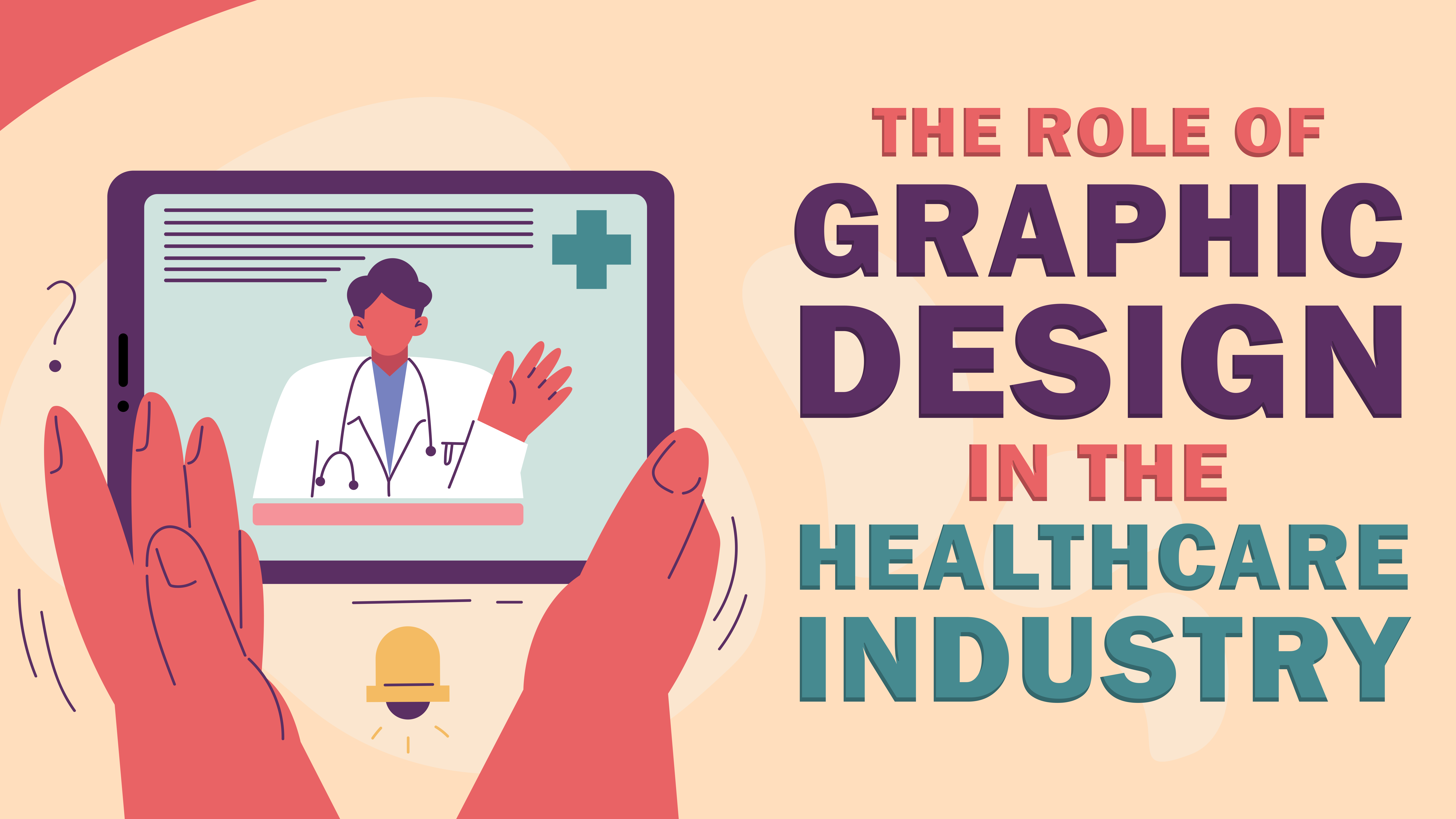Communication is of utmost importance in the field of healthcare, both to the professionals and the patients. The graphic design applied in medicine is vital in simplifying medical information. It employs imagery to segregate complex data and ideas into consumable forms. Besides medical research, it is also important in the practice of graphic design to educate patients and create promotional resources, to communicate and convey important messages that are accurate and clear.

What is Medical Graphic Design?
Medical graphic design is a branch of art that involves the creation of visual aids used to convey medical information clearly and effectively. It contains infographics, schemas, graphics, and animations to illustrate medical data or processes in a visual format.
Why Medical Graphic Design is Essential
The importance of medical graphic design is a key factor due to the complexity of medical concepts. To most people, medical terms and procedures may prove to be perplexing particulars, but with the help of the right visuals, they can become significantly more comprehensible. Clear charts can enhance understanding and facilitate referrals whenever explaining a medical condition, a surgical procedure, or providing instructions regarding a medication.
The second important advantage is that medical graphic design increases communication. infographics have a better chance of attracting a patient’s attention compared to text content. It is quicker and easier to remember, making visual content an effective means of patient education, particularly in cases where health issues need to be managed throughout a patient’s life.
Applications of Medical Graphic Design
Medical graphic design is applied in various institutions within healthcare. This is one of the most widely used applications in medical journals and publications to illustrate the results of research using graphics. Medical conferences also primarily use visuals as part of the presentation, as well as in the introduction to the discussion. These pictures make the information more approachable, which enhances audience exposure and retention.
Additionally, medical graphic design is heavily utilized in healthcare advertising. Visual aids are applied to hospitals and clinics as promotional tools on their websites, social media, and other communication materials.
How to Use Medical Graphic Design Effectively
Medical graphic design must be used effectively, so one must concentrate on ease and simplicity. You should avoid cramming too much irrelevant information or visuals. The colors, fonts, and shapes used should also be strategically placed to highlight the most crucial elements. Above all, ensure that the design suits well with the tone and message you want to convey.
These are the main considerations of good medical graphic design:
- Simplicity: Be simple and clear on Facebook without irritation.
- Consistency: A different design style should be used throughout the materials.
- Accuracy: This ensures that the medical information is accurate and reliable.
- Interaction: One should design images that are visually appealing and relevant to the topic of interest.
In conclusion, medical graphic designs are a powerful tool for effective medical communication. They make complicated information simpler, more interactive, and the messages are concise and easy to recall. Medical graphic designs have no ability to be overridable with respect to whether their role in the healthcare industry is for research, patient education, or marketing. So, they are an important component of the current healthcare communication, as they simplify complex medical ideas.
